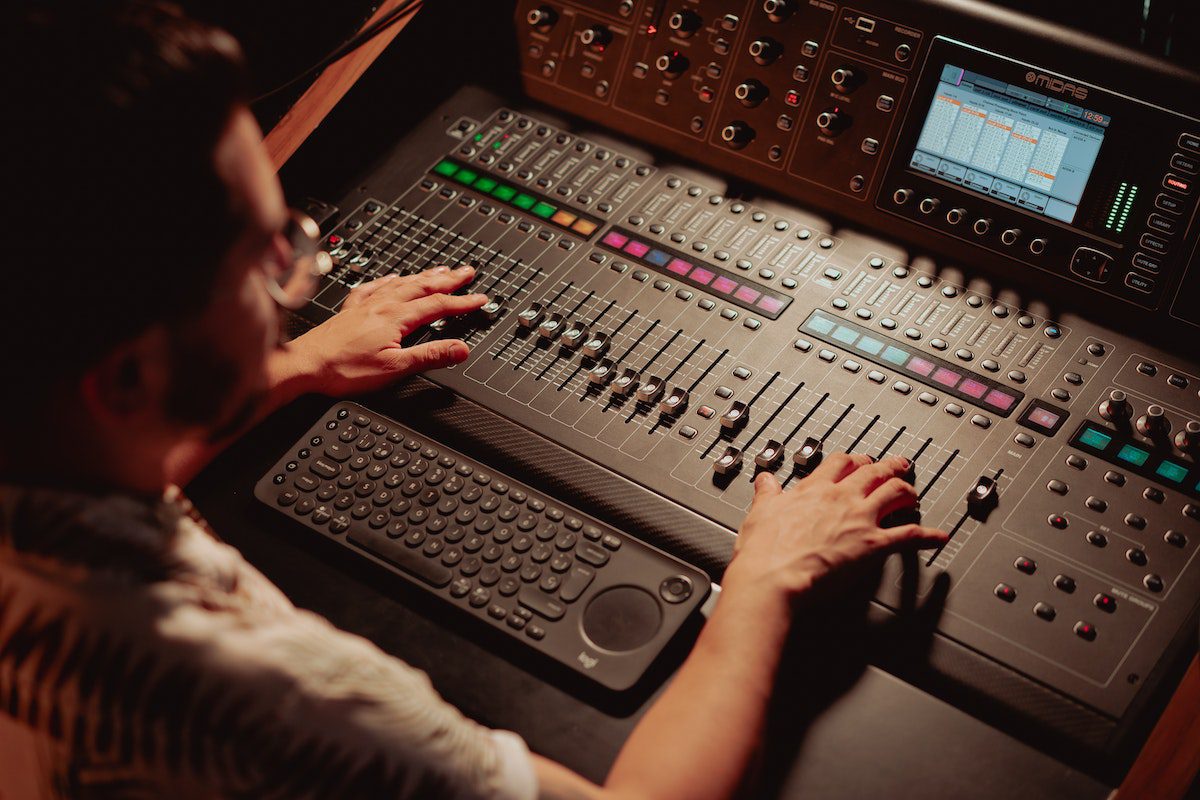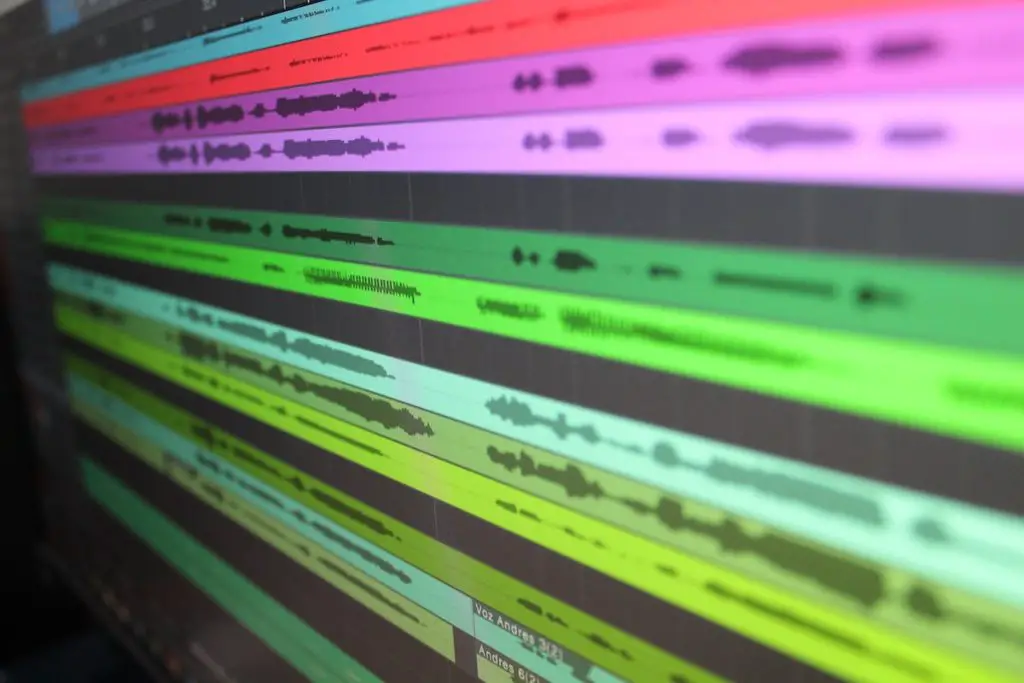Welcome, fellow audiophiles and curious learners! Are you ready to unlock the secrets of A/B testing? Get ready to dive into the fascinating world of audio production experimentation. In this blog post, we’ll take a journey through the basics of A/B testing in audio.
From understanding what A/B testing is all about to setting up tests and interpreting results, we’ve got you covered. We’ll show you how to optimize your audio production like a pro, making data-driven decisions to create audio experiences that captivate and resonate with your audience. So, buckle up and get ready for an ear-pleasing adventure in the world of A/B testing in audio.
What is A/B testing in audio?
A/B testing in audio refers to the practice of conducting controlled experiments where two or more audio versions are compared to determine which performs better with a target audience. This technique involves systematically varying elements of audio production, such as music, voiceover, sound effects, or mixing, to identify the most effective version in terms of listener engagement, preference, or other desired outcomes.

A/B testing in audio can be conducted using blind tests, such as the ABX blind listening test, where listeners have access to three sources: A and B as references and X as a mystery source, which can be either A or B. This method prevents results from being influenced by prior knowledge and highlights what listeners can hear.
AKAI Professional MPK Mini MK3

AKAI Professional MPK Mini MK3
What is the importance of A/B testing in audio production?
The importance of A/B testing in audio production lies in its ability to help audio professionals make informed decisions based on data-driven results. By comparing different audio setups or processing techniques, audio producers can objectively evaluate the impact of these changes on audio quality, clarity, balance, and other relevant factors.
…A/B testing can also help in identifying the subjective preferences of listeners, as audio perception can be subjective and vary from person to person.
A/B testing can provide valuable insights into the effectiveness of different audio production techniques, allowing audio professionals to optimize their workflow, improve audio quality, and deliver a better end product.
Furthermore, A/B testing can also help in identifying the subjective preferences of listeners, as audio perception can be subjective and vary from person to person. A/B testing can help audio producers understand how different audio setups or processing techniques may be perceived by listeners and tailor their audio production approach accordingly.
Advantages and disadvantages of A/B testing
A/B testing in audio can be a powerful tool to improve various aspects of audio production and presentation. It allows for controlled experiments where different versions of audio content are compared to determine which one performs better. However, like any technique, it has its advantages and disadvantages.
Advantages
A/B testing in audio offers several benefits that can aid in optimizing the quality and impact of audio content:
- Objective decision-making: A/B testing provides an objective and data-driven approach to decision-making. It allows you to gather measurable results, enabling you to make informed choices based on concrete evidence rather than relying solely on subjective opinions or assumptions.
- Improved user experience: By testing different variations of audio, you can identify which elements resonate better with your audience. This helps in tailoring audio content to meet the preferences and expectations of your listeners, ultimately enhancing their overall user experience.
- Optimized content delivery: A/B testing enables you to analyze the impact of different audio formats, compression techniques, bit rates, or encoding methods on the delivery and playback of audio. This optimization can improve audio quality, reduce file sizes, and enhance streaming performance.
- Increased engagement: Testing different audio versions allows you to discover elements that captivate your listeners and hold their attention. By identifying the most engaging aspects, you can create audio content that effectively captures and retains the interest of your audience.
- Enhanced conversion rates: A/B testing can also be applied to audio marketing strategies, such as voice-over advertisements or audio prompts. By refining the audio elements that drive conversions, you can potentially increase conversion rates, leading to improved business outcomes.

Disadvantages
While A/B testing in audio has its advantages, there are some potential drawbacks to consider:
- Time and resource-intensive: Conducting A/B tests in audio requires significant time, effort, and resources. You must create and produce multiple versions of audio content, gather data, and analyze the results. This can be challenging, especially for individuals or organizations with limited resources or tight schedules.
- Limited scope: A/B testing focuses on comparing a limited number of variables at a time. This means you may not capture the full complexity of audio production and perception. Other factors, such as contextual or environmental influences, may not be adequately accounted for in A/B testing alone.
- Statistical significance: Obtaining statistically significant results in A/B testing requires a sufficient sample size and rigorous analysis. Insufficient data or biased sampling can undermine the reliability and accuracy of the results, leading to potentially misleading conclusions.
- Subjectivity in interpretation: Despite its data-driven approach, interpreting A/B test results can still be subjective. Individuals may interpret the outcomes differently, leading to potential biases or misinterpretations. Establishing clear evaluation criteria and ensuring consistent analysis to mitigate this risk is crucial.
- Unforeseen factors: A/B testing may not account for all unforeseen factors affecting audio perception. Factors like personal preferences, cultural influences, or individual hearing abilities may not be fully captured through controlled experiments, limiting the generalizability of the results.
How to A/B test in a mix
A/B testing involves comparing two or more versions of a mix to determine which one performs better in terms of specific goals or metrics. Here are some steps and techniques on how to perform A/B testing:
1. Define a goal metric
The first step in A/B testing in a mix is to identify a specific goal metric that you want to measure, such as sound quality, loudness, clarity, or overall impact. This goal metric will serve as the basis for comparing the different mix versions.
2. Create variations
Next, create different variations of the mix you want to test, making one change per variation. For example, you can create variations with different EQ settings, compression levels, panning, or effects. It’s important to have a clear hypothesis about how each variation might affect the goal metric.
3. Divide traffic equally
When conducting A/B testing, it’s crucial to ensure that each mix version gets an equal amount of exposure. This can be done by dividing incoming traffic, or in the case of audio production, playbacks, or listens, equally between each mix version.
4. Use a reference mix
A useful technique in A/B testing in audio production is to compare the mix variations against a reference mix. This can be a commercial track or a mix that you consider to be a benchmark for the desired sound. A/B testing against a reference mix can help you objectively evaluate the differences between the variations and the reference mix.
5. Utilize A/B testing tools
There are various A/B testing tools available for audio production, such as plugins that enable you to easily switch between different mix versions and compare them in real-time. These tools can provide a clear and intuitive workflow for A/B testing and may offer unique analysis tools for evaluating the mix variations.
6. Analyze results
Once you have gathered sufficient data, analyze the results of the A/B testing based on the goal metric you defined in Step 1. Identify which mix version performed better in terms of the goal metric and use the results to make your decision and have adjustments to your mix accordingly.
If you want even more tips and insights, watch this video called “How to do an A-B test?” from the White Sea Studio YouTube channel.
Conclusion
A/B testing in audio is a powerful tool that can help you fine-tune your audio production, create engaging content, and deliver outstanding audio experiences to your audience. Remember, when it comes to audio optimization, the sky’s the “sound” limit! Keep experimenting, keep learning, and keep rocking the audio world.
Did I cover everything you want to know about A/B testing? If you have any questions, feel free to leave a comment below! I read and reply to every comment. And if you found this article helpful, share it with a friend, and check out my full blog for more tips and tricks on audio optimization. Thanks for tuning in and “sound” off to success with your audio content!
Key takeaways
This article covered A/B testing. Here are some key takeaways:
- A/B testing in audio is a powerful technique for optimizing audio content.
- It involves systematically experimenting with different audio elements and analyzing the data to make informed decisions.
- A/B testing can help fine-tune audio production, create engaging content, and deliver outstanding audio experiences to the audience.
- A/B testing in audio can help improve the quality and impact of audio content, making it more engaging and effective.















